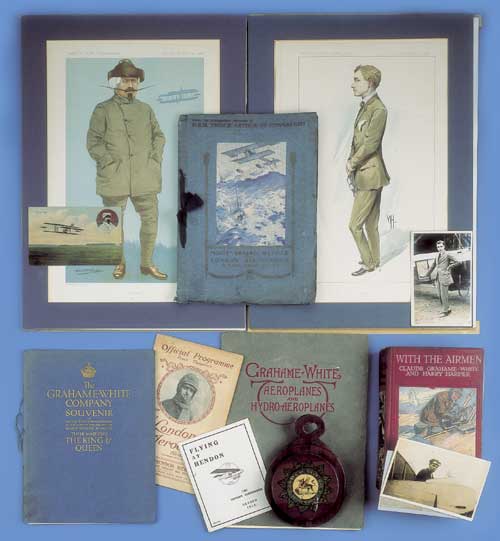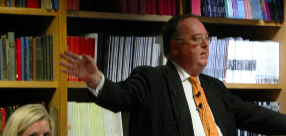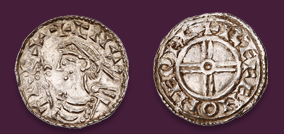
Auction: 4020 - Orders, Decorations, Campaign Medals & Militaria
Lot: 63
Mementoes of the Nulli Secundus Airship An unstamped postcard by Gale & Polden showing the airship above a crowd of spectators, inscribed "NULLI SECUNDUS" THE BRITISH ARMY AIRSHIP; a medallion in gilt metal, 11/4 in. (32mm) diameter, the obverse finely-struck with an image of the King and Queen within inscription H.M. EDWARD VII KING / H.M. ALEXANDRA - QUEEN / PROCLAIMED 1901, the reverse showing the airship above a town or barracks and inscribed BALLOON SCHOOL ROYAL ENGINEERS; an identical medallion, silver-plated; two other medallions to the same pattern, with copper finish; a set of insignia of the Royal Engineers, including an officer's good KC badge in white metal, and cap-badge (lacking fixings) in gilt metal, an OR's brass cap-badge, a pair of grenades, a pair of shoulder-titles and a few buttons; and an unstamped postcard entitled Military Balloons, Aldershot (Nº 1) (lot) Estimate £ 200-250 The story of British airships in military service was short and undistinguished. "Nulli Secundus" deflated on its first flight and never flew again, the Army thereafter concentrating its development effort on aeroplanes.
The Royal Engineers formed the original Balloon Companies, which saw service in the Boer War, and continued to be responsible for all Military aviation until the formation of the Royal Flying Corps in 1912. When heavier-than-air flying became the sole prerogative of the RFC, the Sappers continued to operate balloons, which were used extensively for artillery observation on the Western Front.
Sold for
£150




